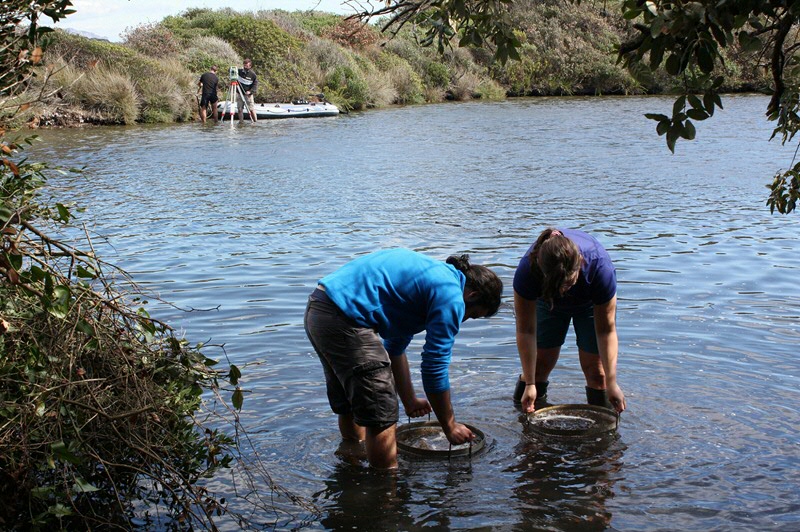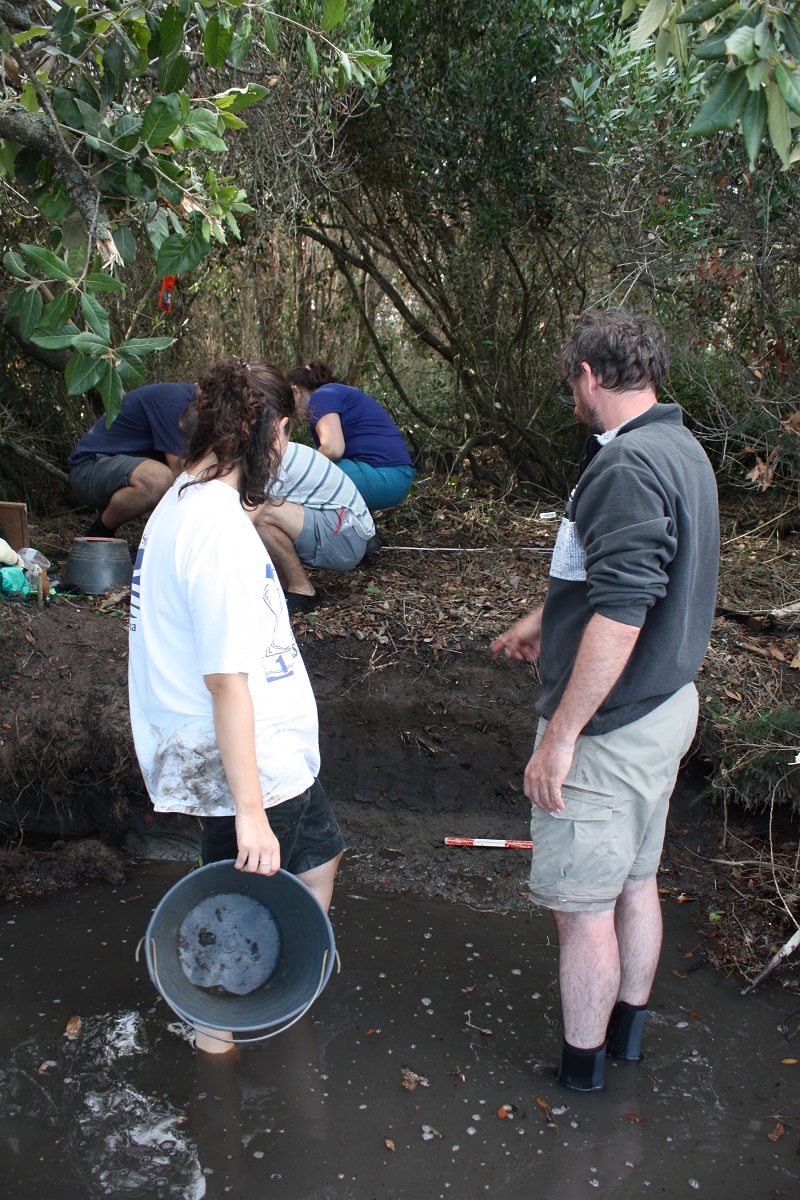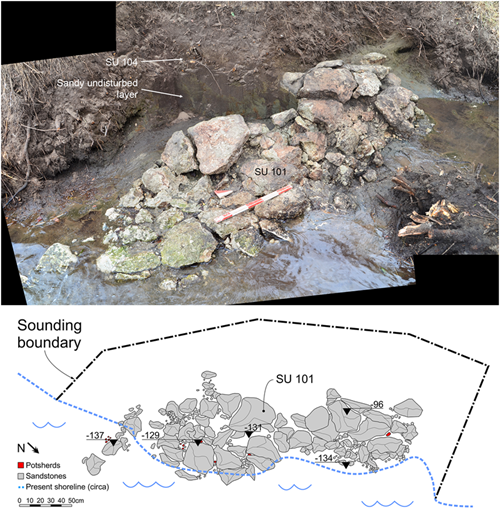Oldest evidence of salt production in Bronze Age Italy found along Tyrrhenian coast
A new study by archaeologists of the University of Groningen in collaboration with the University of Rome Tor Vergata, reveals that a series of Bronze and Iron age archaeological sites located on the Tyrrhenian coast of Italy must be interpreted in the light of the need for salt. Their huge dumps of reddish potsherds belonging solely to jars - lacking typical household pottery, like cups, bowls and stoves - have puzzled archaeologists since their first discovery in the 1940’s.
The need of salt
Salt is an essential part of human nutrition and essential to life. Salt intake increased in importance as hunter-gatherers adopted agriculture from the Neolithic onwards. The human diet of earlyagriculturalists became increasingly based on cereals while domesticated cattle needed additional salt to lick. However, proof of salt production and related activities - food preservation for instance - in prehistoric contexts is challenging to find. And in spite of salt’s fundamental and cross-cultural role in human subsistence, archaeologists have still not found all the answers to how and where it was produced. Two hypotheses have been put forward to explain the presence of these pottery dumps: so-called briquetage, involving the boiling down of brine in ceramic vessels until it forms salt, and/or production of a salted fish mixture, possibly an early form of the Roman fish sauce garum.

Potsherds
To investigate these hypotheses, archaeologists of the University of Groningen, funded by the Dutch Research Council (NWO), in collaboration with the University of Rome Tor Vergata, investigated two little islands in the Caprolace lagoon, at the Tyrrhenian coast south of Rome, where Middle Bronze Age potsherds (around 1700-1300 BCE) were present at the surface. As Caprolace is part of a nature reserve, the team conducted the investigations with as little damage as possible for the natural environment.
International research team
“Our data speak in favour of a complex situation”, says Dr Luca Alessandri of the Groningen Institute of Archaeology. Together with colleagues from the Netherlands, Italy, Spain, the United Kingdom and the United States, he has just published a study in the scientific journal PLOS ONE about the small islands. “For the first time in peninsular Italy, we have found a very particular kind of small pedestal that we have seen before in Northwest European briquetage contexts, and where they play a role in an early ‘industrial’ form of salt production. Their function is to hold the vessels in place while fire is applied to boil the brine”, says Dr Alessandri.

More evidence
The archaeologists found such pedestals all around the northern of the two islands. On the southern island they found a second, and more recent, type of evidence for salt production, that points to production in a different environment. “We noted”, Alessandri continues, “that the oldest salt production, in the northern island, took place in a domestic context. This activity was apparently part of daily life, in or very near the settlement. Later, the salt production shifted to a separate area of the settlement, in the southern island. This fits the emergence of a new socio-economic paradigm in the advanced Bronze age. Taking control over an initially marginal and household-based activity like salt production may have been one of the means by which an emerging elite was able to attract clientes in a typical patron/client relationship, and to accumulate wealth.”
Future
Professor Peter Attema from the Groningen Institute of Archaeology concludes: “The discoveries at Caprolace signify a major advance in the study of salt production in Europe. The strong interdisciplinary approach based on both stylistic and chemical analyses, along with environmental and social reconstruction, have allowed the team to shed new light on what was going on in these contexts, a firm basis for future investigations. ”

More news
-
15 September 2025
Successful visit to the UG by Rector of Institut Teknologi Bandung
